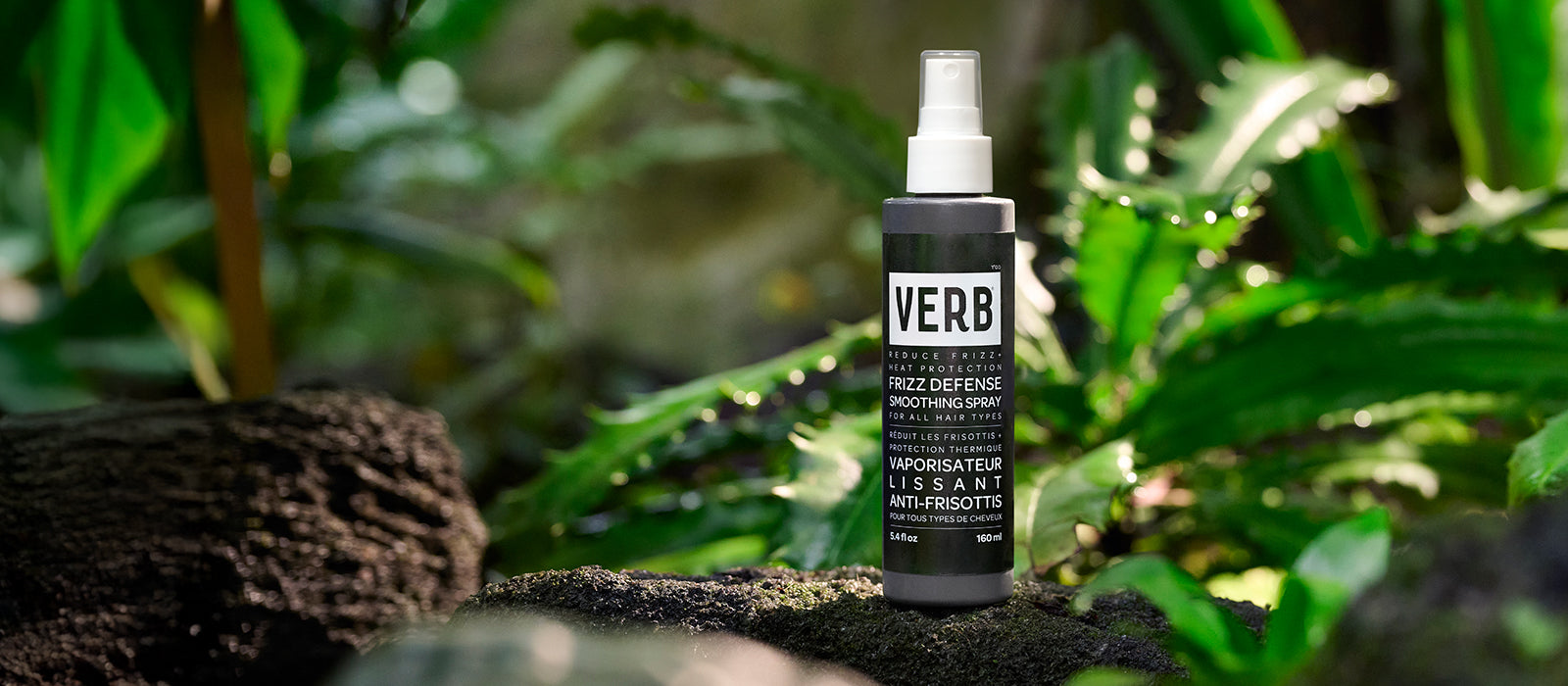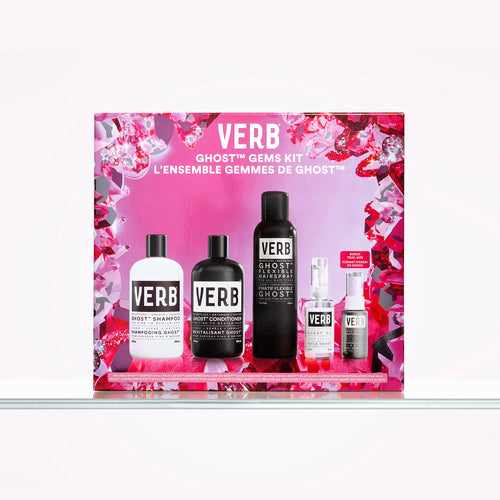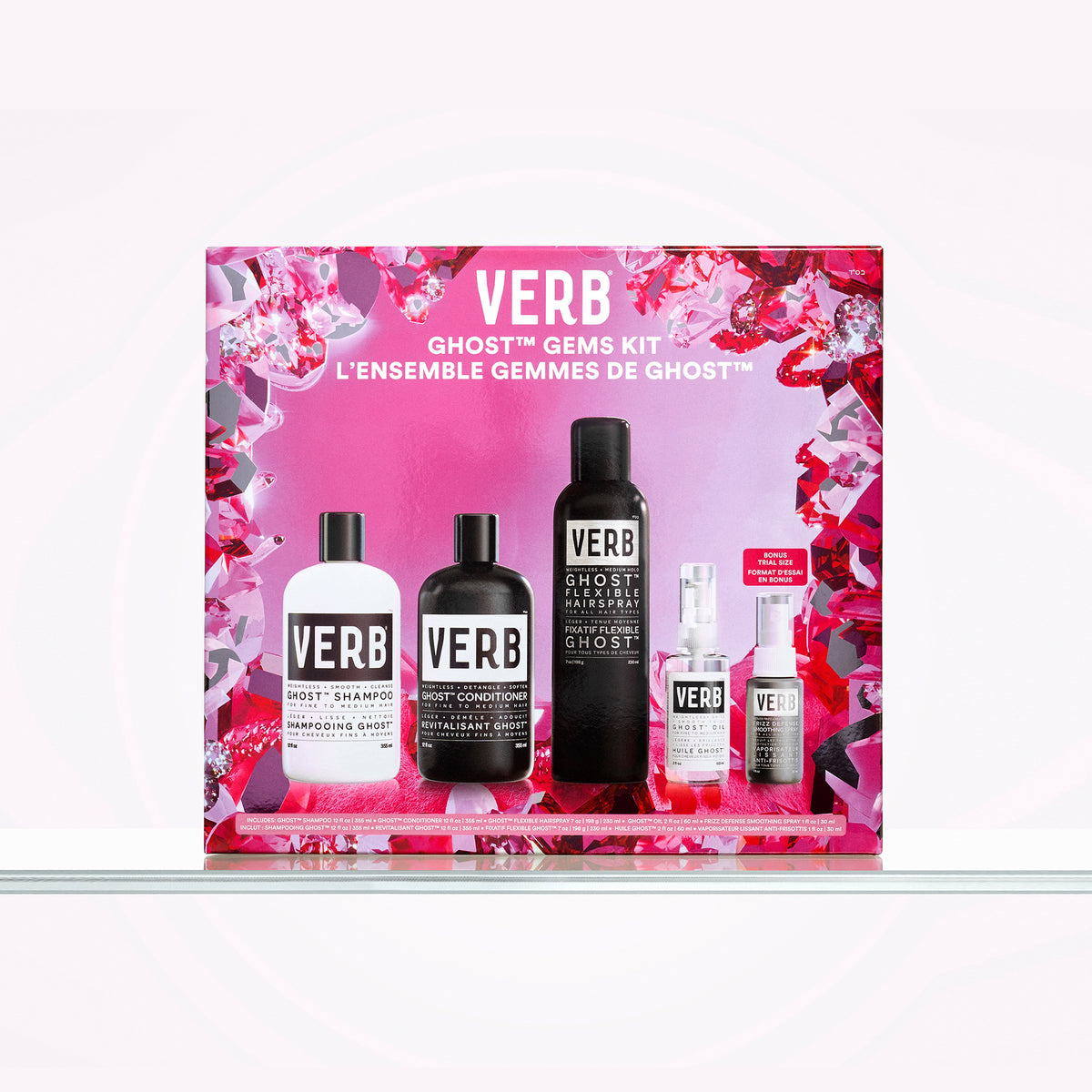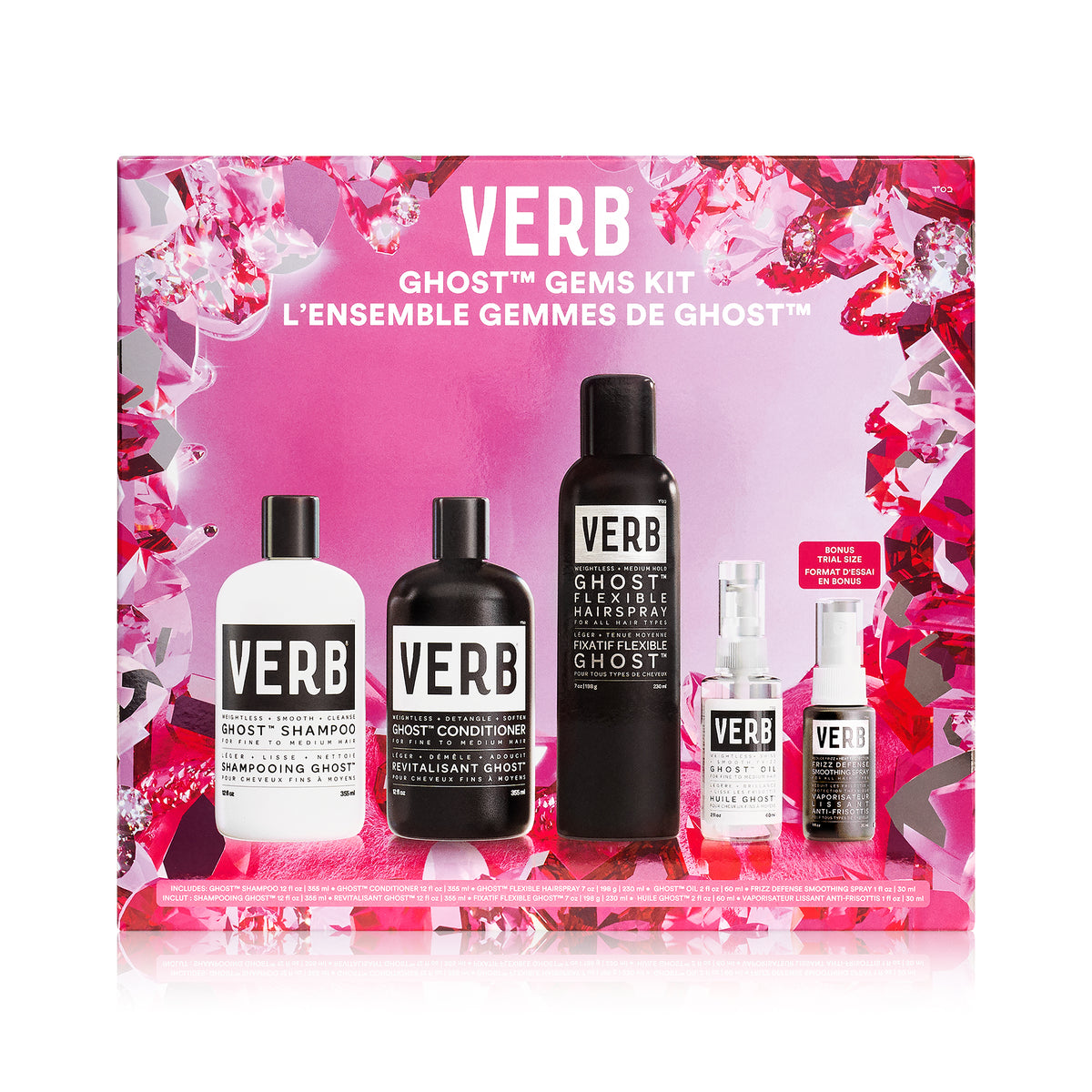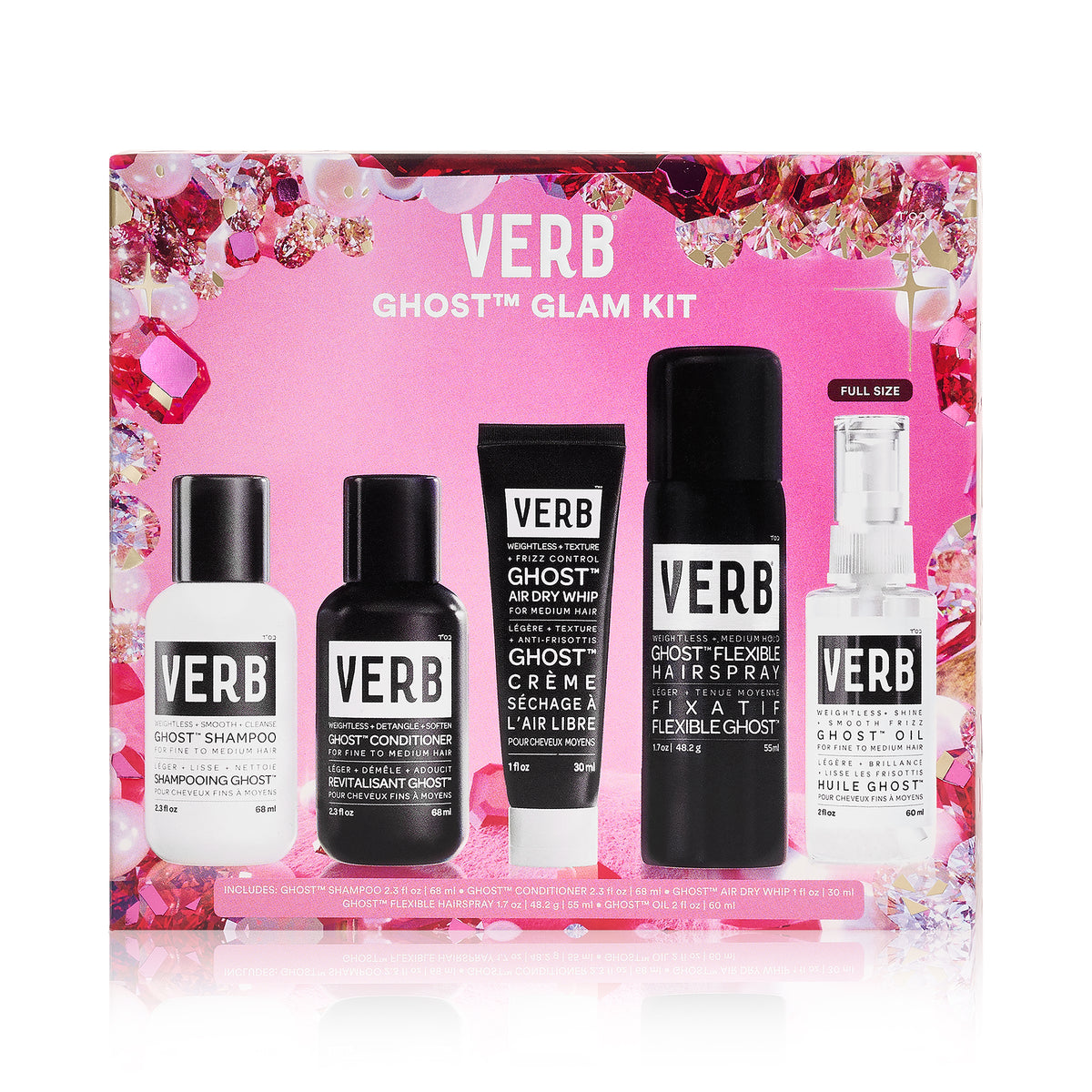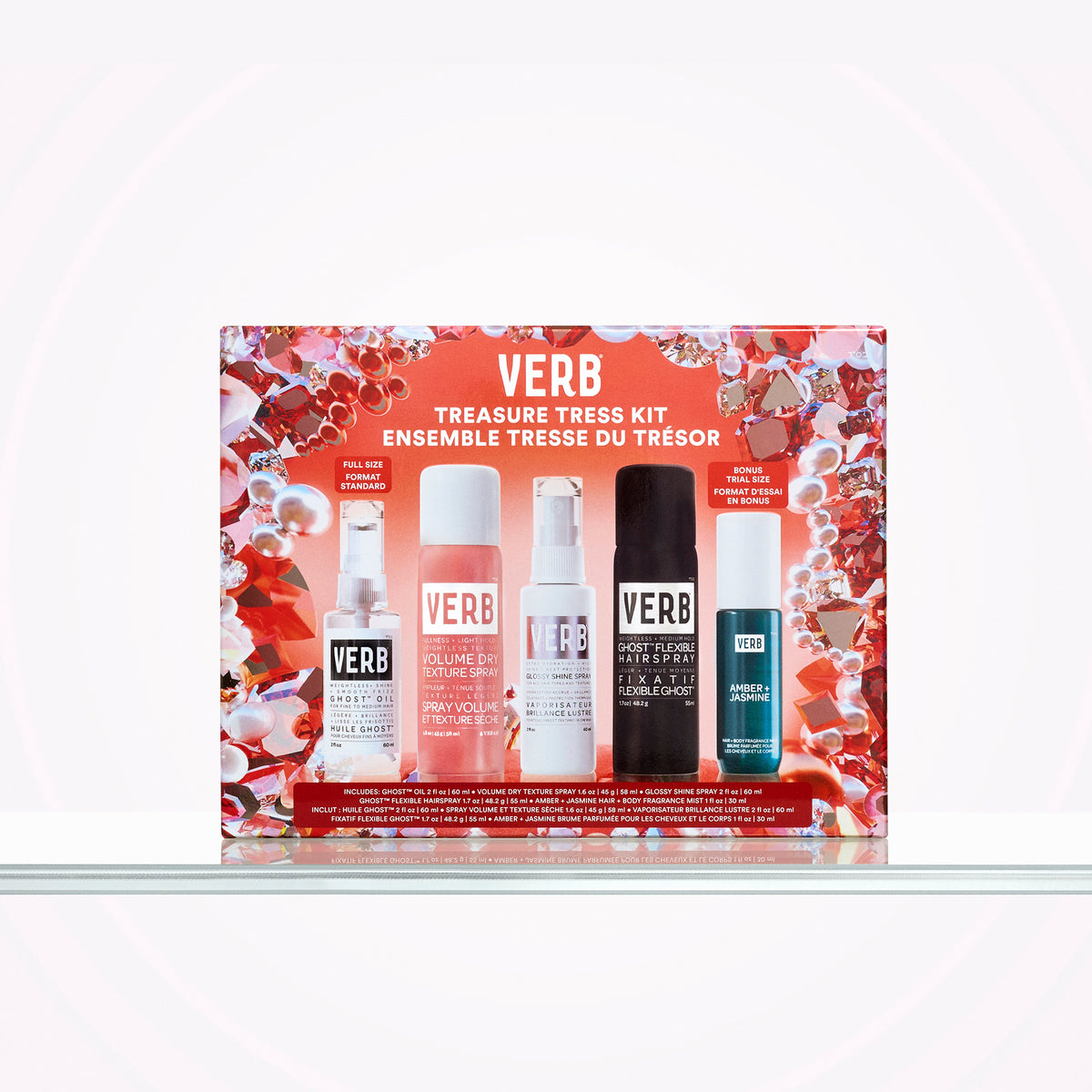Is your hair prone to breakage and frizz, look dull or feel rough? If any of these hair concerns ring true, the cause may be a lack of hair hydration. To help you overcome these hair struggles, we’ll share everything you need to know about how to hydrate hair.
What causes dry hair?
Dry hair can be caused or worsened by factors from environmental causes to hormonal imbalances and your haircare routine. If you live in an especially dry climate, your hair may dry out from spending time outside (especially during sunny weather). Hormonal imbalances can also cause the scalp to produce less oil than your hair needs, resulting in brittle strands.
While the factors above may be out of your control, one factor you can control is your haircare routine. If you wash your hair frequently, use hot tools often or are inconsistent with the products you use, making a few changes can make a significant impact on the moisture level of your hair.
Hydrated hair vs. dry hair
Much like your body needs hydration to look and feel its best, the same also applies to your hair. When your hair doesn’t get enough moisture, it can become dry and brittle, which contributes to tangling, split ends and breakage. By giving your hair enough hydration, you help ensure each strand is strong and healthy so it feels soft, looks shiny and is easy to style.
Hydrated hair is not only healthier, but absorbs styling products better. It’s easier to manage, so you can spend less time wrestling with frizz and flyaways. Hydrated hair isn't just about aesthetics, it's about giving your hair the power to perform at its best.

Source: Pinterest
How to hydrate dry hair: 9 simple tips
Hydrating dry hair isn’t an overnight process with a simple solution. To get adequate results, you’ll need to try a few tips and tricks.
1. Use a hydrating shampoo and conditioner
Start with the basics. Not all shampoos and conditioners are formulated for hydrating hair. In fact, many products contain harmful chemicals like parabens and sulfates that strip your hair of its natural oils, leading to dryness. Instead, look for a shampoo and conditioner formulated with nourishing ingredients to hydrate dry hair, like our Hydrate Shampoo and Hydrate Conditioner. This duo works together using key ingredients such as argan oil and babassu oil to help hydrate hair, reduce frizz and smooth hair.

explore the hydrate collection
designed to moisturize,
repair and protect for
hydrated, healthy hair
2. Stop overwashing
Washing your hair too often can strip natural oils away without providing enough time to replenish them. Avoid overwashing by taking 1-2 days between shampoos to give your hair a break. And if your hair starts feeling oily, use Dry Shampoo to give it a quick refresh! When you do wash, use lukewarm water instead of hot (extreme heat dries out hair, which we’ll discuss in a minute).
3. Drink plenty of water
Hydrated hair starts with a hydrated body, so drink plenty of water throughout the day to boost hydration from within. Note that the key here is drinking water to hydrate hair, as caffeinated and alcoholic beverages are actually dehydrating. Other drinks like juices may contain sodium, which has the same dehydrating effect. Health experts generally recommend drinking 11-16 cups of water per day, but you should drink more if you’ve had a dehydrating beverage or exercised.
4. Cover your hair when outside for long stretches of time
If you plan on spending a day at the beach or being outside in the sun for a few hours, consider wearing a hat or scarf over your hair to act as a protective layer. The sun’s harsh UV rays can quickly dry out your hair and contribute to color fading, so cover up when you can!
5. Turn down the heat (and use a heat protectant)
Hot tools are great for trying unique styles, but the heat they create can evaporate the water in your hair to the point where breakage and split ends become common. If possible, try to avoid using hot tools by going with a style that doesn’t require them (such as braids or buns). When you do use hot tools, lower the temperature and consider using a heat protectant like our Ghost™ Prep.
Keep in mind that heat extends to showers as well — hot water can also contribute to dehydrated hair if you spend too much time under it.
6. Skip the bleach and chemical treatments
Bleaching and harsh chemicals can strip your hair of its natural oils and moisture. If you're looking for long-lasting moisture and healthy hair, consider rocking your natural color or opting for gentler options.
For those who have damaged hair or who've recently had some adventures with bleach or chemicals, bonding products can be a game-changer. These treatments help repair and relink broken bonds in the hair shaft, strengthening strands for smoother, shinier and visibly healthier hair. Our Bonding Collection strengthens hair by 61% and temporarily repairs split ends by 82% after one use*:

*proven results in a third-party testing lab when using Bonding Shampoo + Mask together
7. Use a nourishing oil
As we discussed above, if your hair is lacking moisture, it may be because your scalp isn’t producing enough oil. Some people are intimidated by adding oil because they don’t want their hair to look greasy or weighed down, but using the right type and amount of oil is a great way to moisturize dry hair. For example, try our lightweight Ghost™ Oil that hydrates the scalp and strands while reducing frizz. This nourishing hair oil is proven to enhance shine by 75%* for all hair types.
*proven results in a third-party testing lab
8. Sleep with a silk pillowcase
Cotton pillowcases absorb moisture from your hair while you sleep, which dries out strands and contributes to breakage from the friction when you move throughout the night. If you go to sleep with soft hair but wake up to dry strands and frizz, see if you’re using a cotton pillowcase — and if so, consider switching to silk. Unlike cotton, silk won’t draw moisture from your hair and the soft fabric reduces friction, allowing your hair to gently slide instead of aggressively rub against it.
9. Deep condition with a hair mask
For those with particularly dry hair, consider adding a deep conditioning hair mask to your routine once a week. Much like a face mask, a hair mask is designed to sit on your hair and provide nourishment before being washed out. For dry hair, we recommend our Hydrating Mask to add hydration, softness and shine. It also provides 7x more hydration* and reduces frizz by 77%*! To use, apply the hair mask after shampooing and let it sit for 5-7 minutes before washing out. Start by using it once a week but if your strands are still dry, consider using it every other wash or as needed.
*proven results in a third-party testing lab when using the full verb® hydrate collection

hydrate mask
restorative deep conditioning
treatment designed to
nourish all hair types
Lock in moisture
Now that you've hydrated your hair, it's important to seal the deal and prevent that moisture from escaping. After rinsing out your deep conditioner, give your hair a final cool rinse. This helps close the hair cuticle, trapping moisture inside the hair shaft. Leave-in conditioners and styling creams can also form a protective layer on the hair, locking in hydration and preventing frizz.
Give your hair the hydration it needs
Tired of dealing with dry hair and the tangling, breakage and split ends that come with it? These tips should help you keep your hair hydrated and happy. If you’re looking for products to hydrate your hair with only good ingredients, check out our Hydrate Collection!


